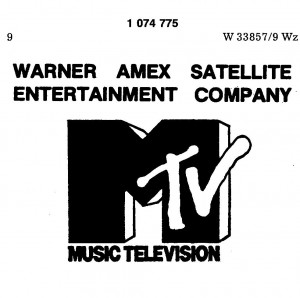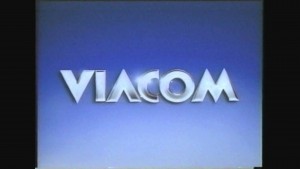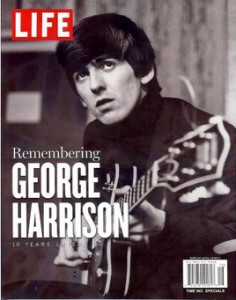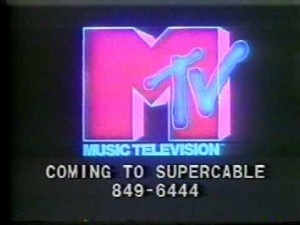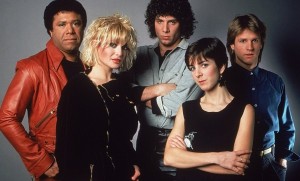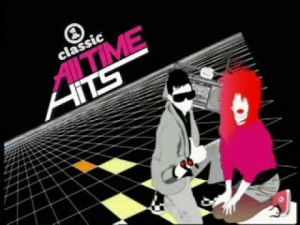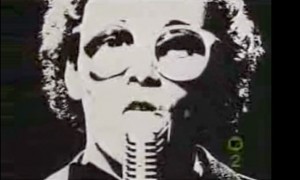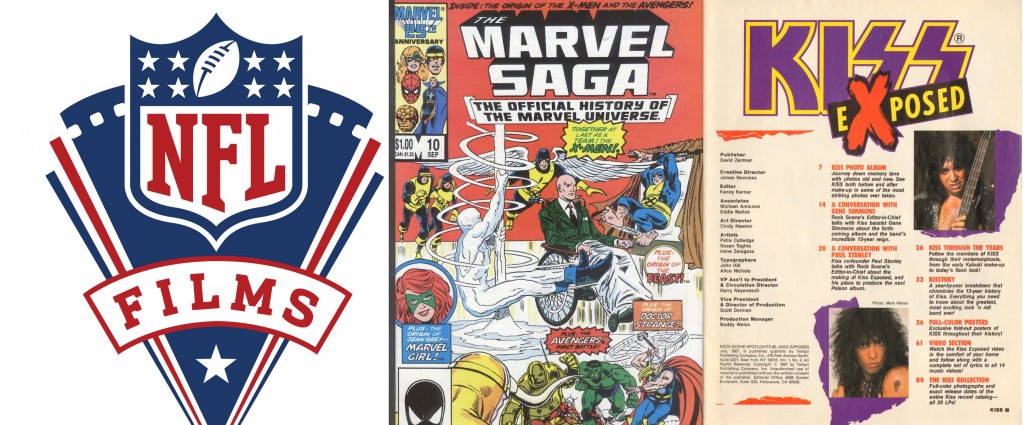
Warner-Amex Satellite Entertainment was the original owner of MTV, launched in 1981, and eventually sold the network to Viacom (first announced in 1985). There are numerous financial, merger, and spun-off details regarding these two companies, that while interesting, are not addressed here. What is relevant is that Viacom has owned the original MTV concept and its content archive for thirty years. It is an interesting case study to think through how and why this content is given valuation.
Let’s begin this discussion with a hypothetical magazine publisher. Let’s say they paid a photograph for a roll of film he shot in 1945, and from that roll three images were really good. The magazine then sells ads, pays authors and editors and the printing plant to produce their next issue that contains these three great photographs. Hopefully the issue sells well and at least covers their costs if not provide them a profit. They now own three photographs, and article content that have already been paid for. Wouldn’t it be great if they could re-sell this content? It would be just profit, because there are no new costs (except new print runs). This is how we arrive at commemorative journalism or special issues re-purposing existing magazine content. Viacom, beginning in the 1990s, began to have a similar challenge with their old MTV content.
People over a certain age tend to think about MTV in its original iteration. However, much like how video games are no longer new or just Frogger, MTV has lived several lifetimes and has appeared in many guises. The original, mainly white music format, the beginnings of entertainment promotional vehicle via the MTV Video Awards, the late-80s beginning of “news” and Rolling Stone-esque reporting, the embracing of rap and hip-hop in late 80s / early 90s, the Rock the Vote political engagement, the beginning of Reality TV programming, the neo-American Bandstand show TRL, and the current slate of teen and college-aged based reality programming and their now venerable Movie Awards promotional show. It is a lot of content and the initial strategy was to expand the number of channel offerings (e.g. MTV2, VH1 Classic, etc.) to offload the old programming and collect new ad dollars from it.
But when you really think about it, the original MTV content, dated from 1981 through roughly 1987, was comprised of mainly promotional videos shot and paid for by record companies to gain exposure for their music artists if it was played a lot on MTV. There were shorter original content, mostly of VJs introducing videos or music stars as guests stopping by to introduce videos. The largest original content expenditure was probably the MTV Video Music Awards program. So, unlike the traditional big three networks CBS, NBC, and ABC who buy programs from independent production companies and make a profit from ad sales, the original MTV content was never really paid for and was just sitting around – if only someone valued it? But how?
The easiest solution to Viacom’s problem was a combination of time, targeting demographics, and a healthy dose of nostalgia. The more clever and well-funded version of these attempts was the show Pop-Up Video (1996-2002) which ran on VH1 utilizing old music videos with infographic overlays providing new behind-the-scenes trivia. VH1 itself was begun in 1985 as a place to target an older music buyer demographic with softer pop and rock but quickly devolved into a storage unit for older MTV content. A good case study for this situation is Viacom’s VH1 Classic cable channel.
As with most time periods and styles, there is a tendency to get tired of them or change your opinion about them as you are presented with or seek out something new. There are numerous examples in popular music: prog rock to punk rock, disco to new wave, ’80s glam metal to grunge. This tendency becomes a business strategy for a company like MTV who must always have the preteen and teen in their sights or suffer the consequences of coming off old or behind the times. So, for the original 1981-1987 (this latter date is flexible but used here just as a conceptual ideal type) content, it was to be turned away from, to be forgotten, except for perhaps derision. We saw the first successful attempts at this on MTV in the form of Beavis and Butthead (1993-1997) whose title characters would watch the channel’s offerings and make fun of many of its videos.
By the late 1990s with a neo-pop sheen in the music charts, a revitalization of boy bands, and shows like TRL for the youth demographic, it was time to start cautiously re-selling the same pop-sheen from the previous decade. Viacom’s VH1 began using their program Behind the Music (1997-present) to attempt to rehabilitate the images of pop stars whose music lost favor and hopefully to begin selling their records or live performances again. A mutually beneficial relationship between network and former star. The network might find new content starring this person or band or sponsor a nostalgia tour, while the former star gets a small boost in an otherwise faded career.
VH1 and VH1 Classic went all-in on the nostalgia strategy with shows like Rock of Love with Bret Michaels (2007-2009) featuring the frontman of ’80s glam-metal band Poison, That Metal Show (2008-present) featuring metal artists from the 1970s and 1980s, and a steady diet of programming featuring teen movies from the 1980s (Fast Times at Ridgemont High (1982), Weird Science (1985), etc.) interspersed with old episodes of Saturday Night Live, featuring content which is the last time the intended demographic most likely watched the show. While all of this certainly costs the network money to produce, it is also a relatively cheap frame to re-air those same music videos from 1981-1987 that are already paid for.
In essence, the original MTV concept created a bulk of already-paid for commercials, that unlike those produced for toilet-paper and automobiles, do not necessarily lose their cultural appeal, thanks to the pop-music they were selling. Sure, younger viewers most certainly may laugh at the video’s narrative, fashion, or choice of location, but the music ranging from rudimentary ear-worm creation to solid pop-songwriting craft, can and will be embraced at a level. The intended target demographic — those who grew up with the original MTV — don’t need to be prodded to relive their teenage years, a time for some that may seem much happier than the present. The content is only valuable if someone remembers it and embraces it. Without that, it is just content MTV got for free, made money from during its initial run, but will ultimately become ephemera.
The final initial thought about this topic is whether the original MTV, was by design, the first private televisual archive? Yes, the U.S. government’s efforts during World War I and World War II and the Paley Center for Media were conscious efforts to create an archive for the sake of an archive. However, the design itself, the strategy of the original Music Television, was to create a collection of music-based clips to be played and re-played. Again, so long as the music is embraced, it has a longer shelf life then a similar commercial from 1981 for paper towels. In essence, while they started out attempting to sell music and earn ad dollars, they were also creating archive that has more staying power as a sequential collection than the typical network programming lineup from, say, 1983. Nobody, with the exception of viewers for cable channel MeTV, have any interest in rewatching CBS’s Thursday night lineup from 1977. However, the typical block of MTV videos from 1981-1987 could be replayed with not much of a barrier to engagement on the part of the viewer. Though, a healthy dollop of nostalgia makes it all go down smoother.

